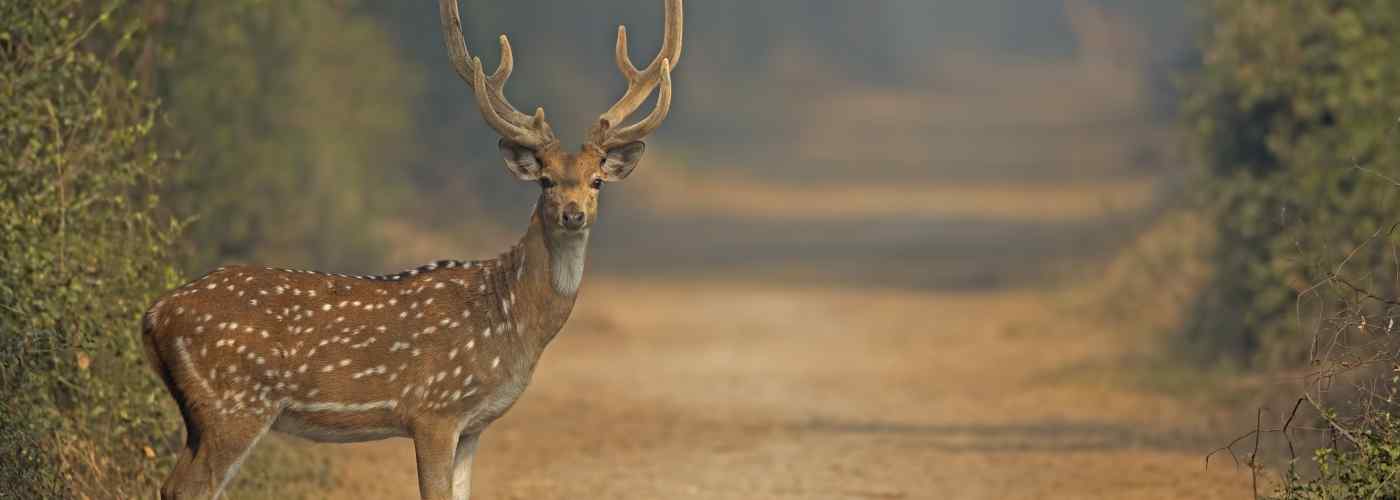
South India:
- the Western Ghats and Nilgiri Hills, up to 6,000 feet altitude with large tracts of natural jungle and forest are home to an amazing diversity of wildlife
- accommodation in jungle camps, tree houses and luxury resorts such as Kabini River Lodge, King’s Sanctuary and Jungle Inn
- wildlife in its natural habitat including monkeys, elephants, tigers, leopards, bears and many bird species
- Mudamalai, Wayanad and Bandipur national parks and the Nagarhole and Periyar wildlife sanctuaries
- Eddakkal caves with 10,000-year-old carvings
Central and North India:
- Keoladeo Ghana National Park — the greatest diversity of bird species in Asia
- Ranthambhore National Park is home to tigers, bears, leopards, and various deer species all in the wild
- Corbett Tiger Reserve in the foothills of the Himalayas by the Ramganga River, where elephants and langur monkeys are common, also rhesus macaques, hog deer, barking deer and several types of crocodiles.
- Bandhavgarh and Kanha National Parks in Madhya Pradesh state are the prime tiger-spotting region of India.
- Camel Trekking for visitors to Rajasthan — the most authentic way to see the desert landscapes
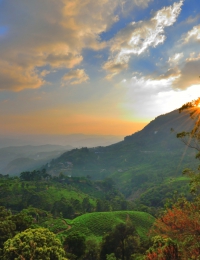
South India
The dominant natural feature of Southern India is the Western Ghats. This monumental mountain chain stretches from inland Mumbai to the southern part of Kerala, with the great rivers of the southeast emerging to flow through Tamil Nadu and Karnataka, both of which have a lot of territory in these hills. Once thickly forested over their entire length and breadth, a proportion of the Ghats are now rich agricultural land, with spices, tea, coffee, vegetables, and more are grown. Rich soils and perfect climatic conditions make the Ghats one of the greatest areas of biodiversity in Asia.
There are many accommodation options in the Ghats ranging from simple jungle camps to fully equipped tree houses and luxury resorts. The services of a resident naturalist are available at many places and your trip will certainly be more informative if you are accompanied by a knowledgeable local. The diversity of animal species in the Ghats is staggering. The area is home to elephants, tigers, leopard, and bears. While populations of these iconic species are healthy, the dense undergrowth and extensive territory make sightings more a matter of luck than anything else. This is perhaps what makes a sighting such a thrill. In most areas, sightings of various species of deer, monkeys, and small mammals such as squirrels and mongooses are very common. Bird life is also abundant making the Ghats a bird watchers' paradise. The quality and range of activities within the various parks vary greatly depending on whether they are under Government control or privately operated.
In the area where the three southern states- Tamil Nadu, Karnataka, and Kerala- meet, three great National Parks adjoin one another, creating a massive area of tropical wilderness with a rich variety of flora and fauna. Mudamalai, Wayanad and Bandipur are the three parks.
Sanctuary
Nagarhole Sanctuary in Karnataka is 85 km from Mysore. This park is perhaps the finest in south India and is home to large populations of all the major mammal species including several tigers. With an extended stay, visitors have a good chance of a close-up view of this most majestic of big cats. Accommodation is available at Kabini River Lodge, King's Sanctuary, and Jungle Inn. The tariff at these places includes all jungle activities.
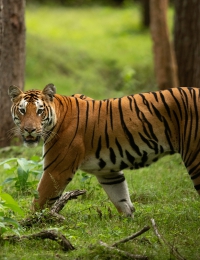
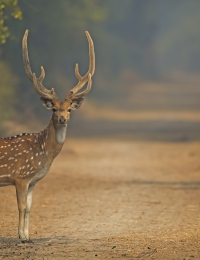
Bandipur
Bandipur is also in Karnataka, around 100km from Mysore. It is particularly famous for its elephant population but is part of Project Tiger as well. The BR Hills Tented Camp is set amidst an area of diverse vegetation with open forests which lend themselves to excellent wildlife viewing. In all the locations, morning and evening jeep safaris into the respective sanctuaries are accompanied by a naturalist who will explain the local flora and fauna.
Wayanad
Wayanad is a less visited natural region of the south. The Kerala section of the massive park mentioned above, this area provides many opportunities for trekking. The vegetation is different again, with patches of rainforest and bamboo forest. As this area has been more recently opened for tourism, wildlife viewing facilities are less developed, but equally the number of human visitors is lower. The Eddakkal Caves near Wayanad is a remarkably well-preserved example of 10000-year-old rock carvings set high in the Western Ghats and can be reached by a drive through scenic countryside and a shot climb up a well-defined path.
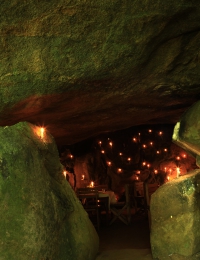
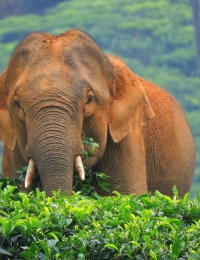
Mudamalai National Park
The Tamil Nadu section of this massive reserve is Mudamalai National Park. The two major activities in this park are short elephant rides and van trips into the park. Elephant numbers are healthy here too, as well as deer, peacocks, leopards, hornbills, and many more. As this park is close to Ooty, many local day-trippers come here making a true wilderness experience rather unlikely. Very close to Mudamalai is the private reserve of Wild Canopy where visitors may stay in wonderfully constructed tree houses 15 meters above the forest floor. This is a rare opportunity to stay in the forest itself with animals passing beneath your accommodation to drink at nearby waterholes.
Nilgiri Hills
The Nilgiri Hills area was a favourite of the British during colonial times and the hill station towns of Ooty and Coonoor are popular holiday spots to this day. Away from the towns, a variety of opportunities exist for tribal visits, short and long treks, tea plantation tours, and drives to some spectacular viewpoints. This region is a bird watcher's paradise with a variety of habitats leading to a great diversity of species.
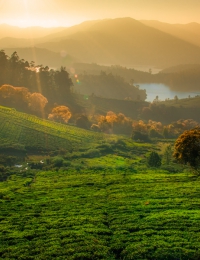
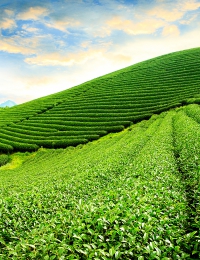
Munnar
Munnar, also formerly a British hill station, is set at an altitude of 6000ft amidst an area of breathtaking beauty; a haven of peace and tranquillity, Munnar is one of the most idyllic tourist destinations in Kerala. With long vistas to tea plantations, pristine valleys, and mountains, and exotic species of flora and fauna in its wild sanctuaries and forests, Munnar has all these and more. The nearby Eravikulam National Park is the last refuge of the endangered Nilgiri Thar, a mountain goat endemic to the Western Ghats. Also close by is Raja Malai, the highest peak in the area and a prime region for trekking.
Periyar
Periyar (Thekkady), one of the first areas of the Ghats to be opened to tourism, is popular with locals and visitors alike. The Periyar Wild Life Sanctuary with its unsullied grasslands and "Blue Mountains" is home to scores of species of wildlife including elephants, tigers, leopards, deer, and birds of all kinds. This is one of the most important National Parks in India. The sanctuary is spread across 777 sq km, of which much is thick evergreen forest. The splendid artificial Periyar Lake adds to the charm of the park. This is the only sanctuary in India where you can view wildlife from a boat on the lake. There is a well-organized eco-tourism department here- a government initiative in co-operation with local tribal people and rehabilitated poachers- which operates such activities as bullock cart rides through the villages, small group guided treks, and overnight camping in the park. Situated on the fringes of the park, the Periyar Reserve Bungalow is a private homestead offering good sightings from your balcony and three jeep safaris each day.
Trekking is not a highly developed activity in South India. Short walks and day treks are available in many of these places- if you are interested in longer treks with overnight camping please contact us for more information.
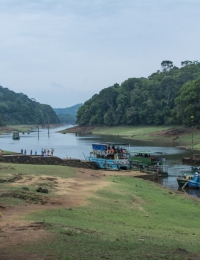
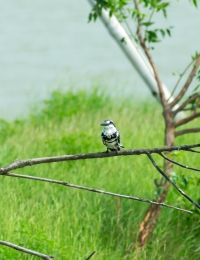
Central and North India
Keoladeo Ghana National Park near Bharatpur (65km from Agra) is home to the greatest diversity of bird species in Asia and a major stopping point for migratory birds from northern Asia during the winter months of October to February. Here you can see a variety of herons, storks, cranes, ibis, and countless wading birds. Being only a few kilometres from the town, it is easy to make more than one visit to the park during your stay. The best way to explore the park is by cycle rickshaw and many of the drivers are very knowledgeable about the birdlife here.
Ranthambhore National Park
Ranthambhore National Park is around 120km from Jaipur. This famous park is home to tigers, with well organised jeep safaris giving you the maximum chance of seeing these magnificent animals in the wild. Open grassland is the predominant vegetation here, enabling visitors to view an array of other species too including bears, leopards, and various deer species.
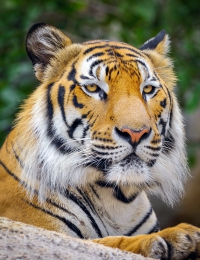
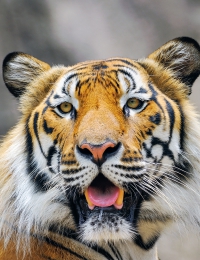
Corbett Tiger Reserve
Corbett Tiger Reserve was established in 1936 as India's first National Park. It is famous for its wide variety of wildlife and its beautiful location in the foothills of the Himalaya by the Ramganga River. It covers an area of 1318 sq km. The diversity of wildlife here is spectacular with elephant and langur monkeys being common.More unusual animals include rhesus macaques, hog deer, barking deer, and several types of crocodiles. The park is closed from mid-June to mid-November due to the monsoon.
Reaching the prime tiger spotting region of India- Bandhavgarh and Kanha National Parks in Madhya Pradesh state- requires significant travel by plane, train, and road. The effort is worth it however as these two parks offer virtually guaranteed tiger sightings. Visits to these parks include jeep safaris and elephant rides as alternate ways to explore the environment. Aside from tigers, these parks are also home to nilgai, wild boar, jackal, gaur, sambar deer, and porcupine. The birdlife is also varied with larger birds such as vultures being present.
Climatic conditions
Climatic conditions play a role in determining the best time to visit any of these parks. During the monsoon conditions may hamper travel within the parks. Immediately after the rains undergrowth is lush and thick which may make sightings more difficult. The best time to visit and have a good chance of spotting wildlife is from February to May. For more information on India's climate see the FAQ page.
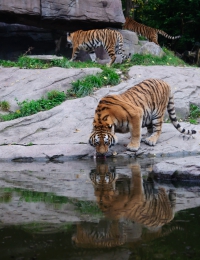
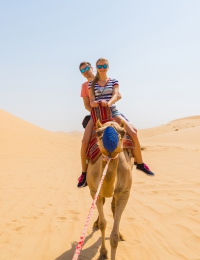
Camel Trekking
Camel Trekking For visitors to Rajasthan the most authentic way to see the desert landscapes of this vast state is from the back of a camel. From a short trek of a few hours to multi-day epics with nights under the stars, a camel trek will be a highlight for many visitors to the north. The treks can be arranged from Jaisalmer and Pushkar.
Things to do in india
Top Trending Packages in India
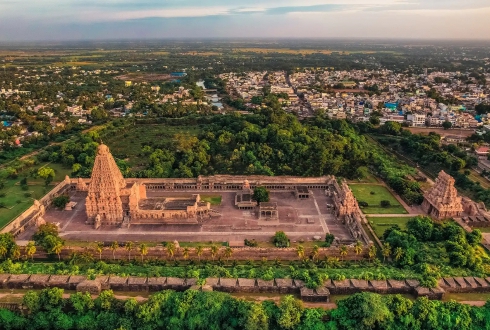
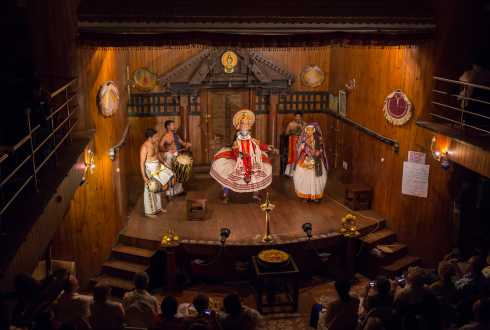
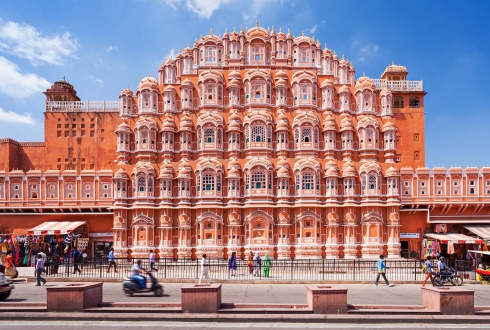
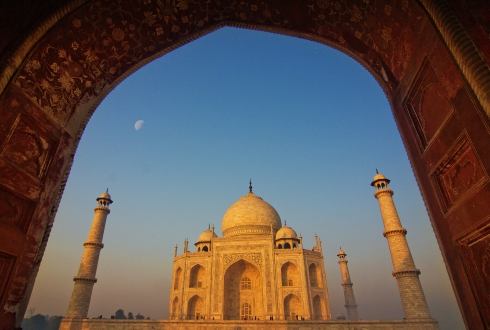
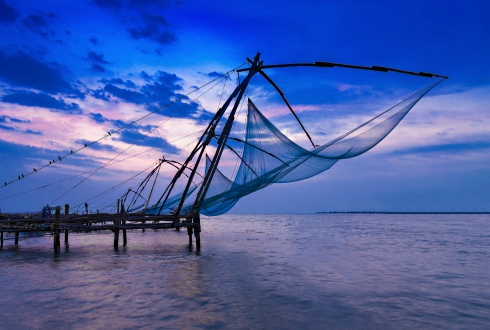
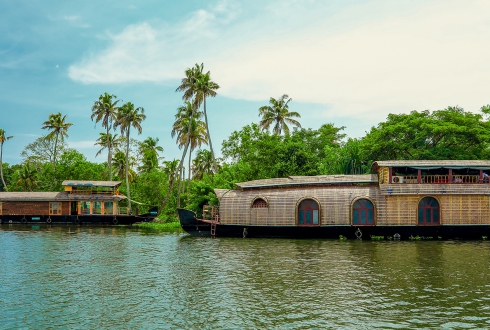
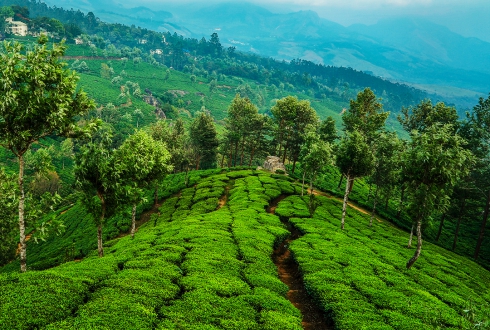
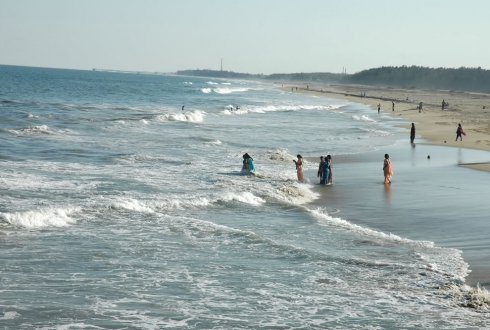
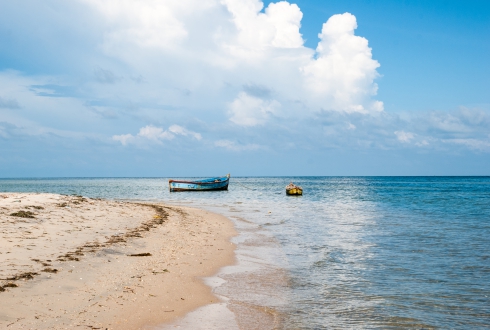
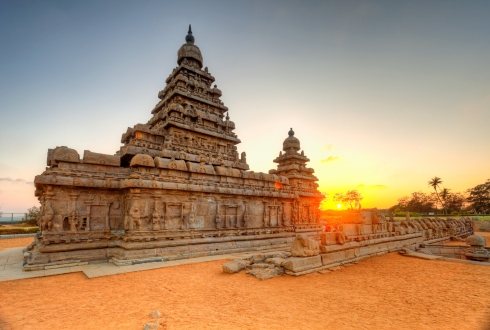
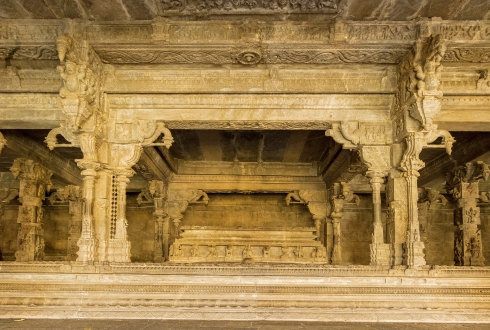
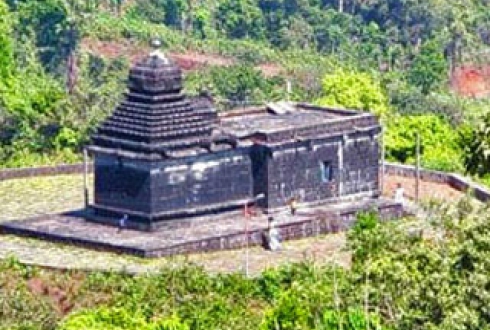
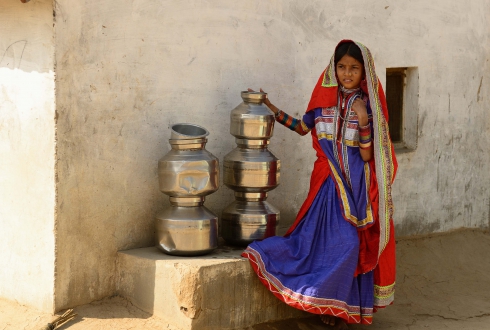
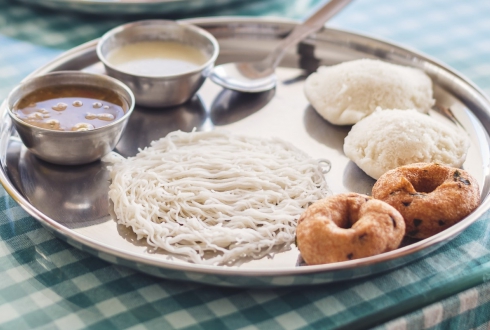
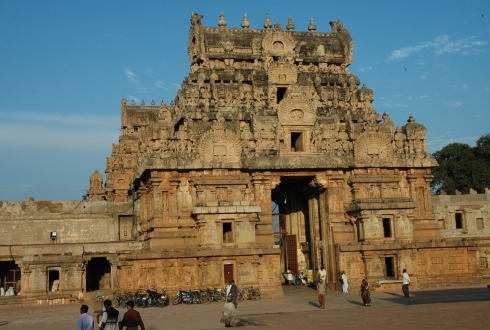
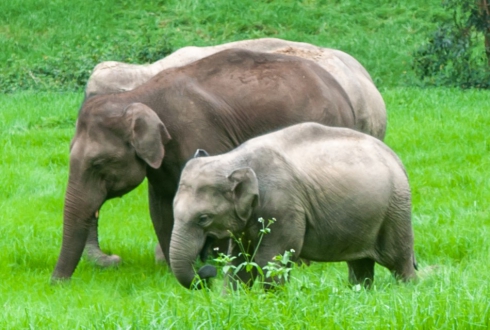
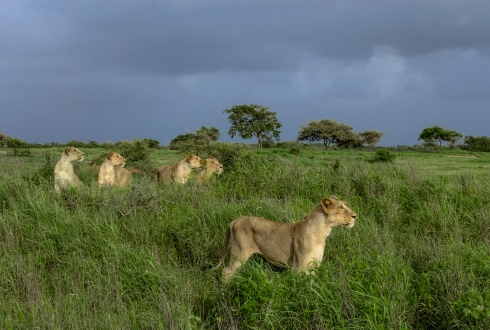
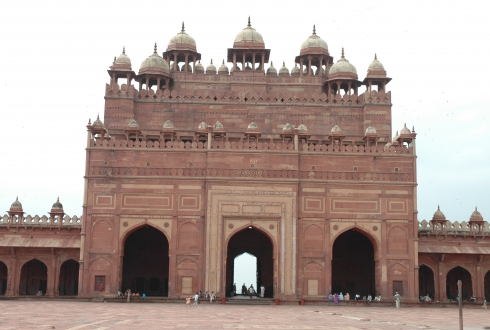
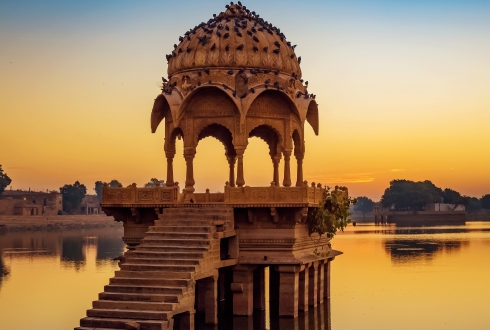
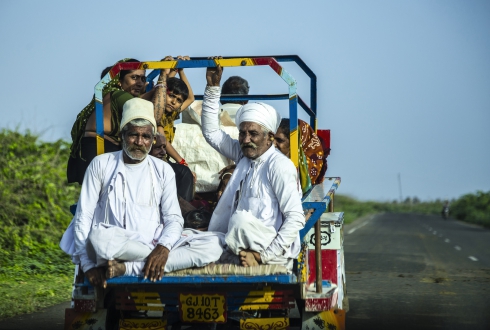
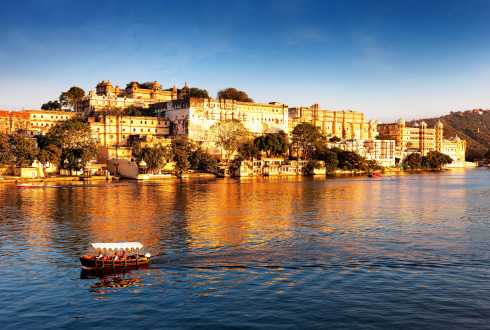
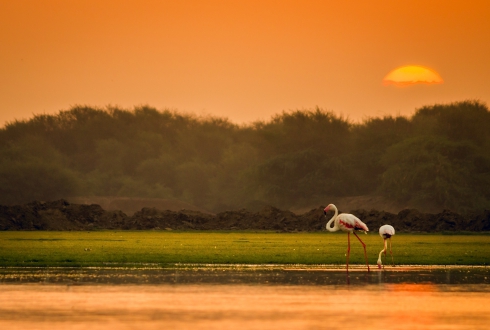
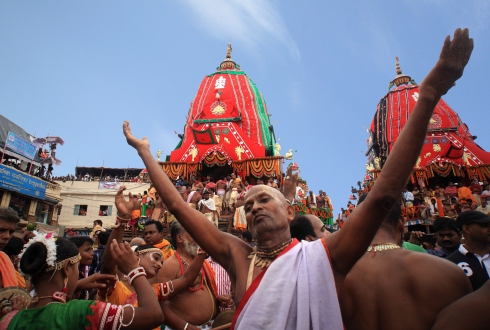

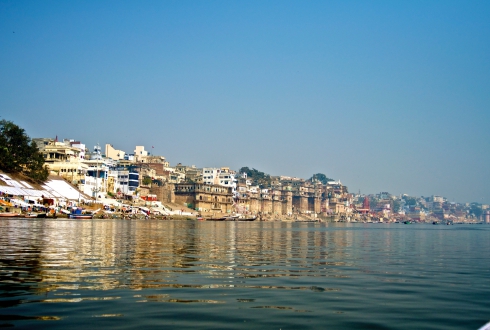

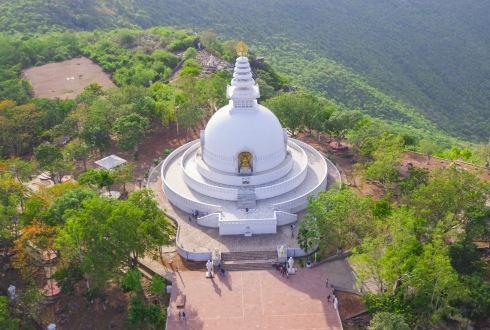
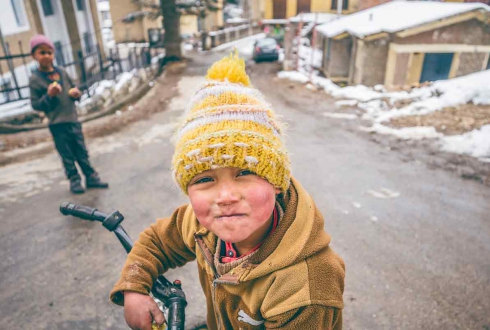
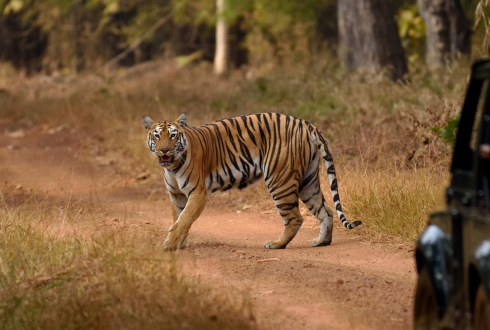
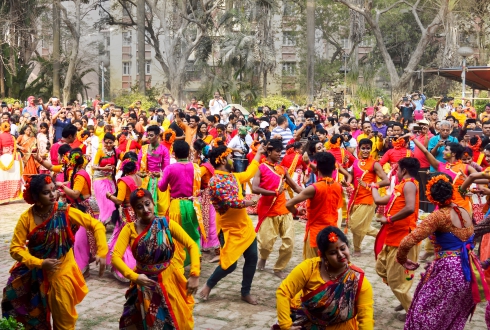
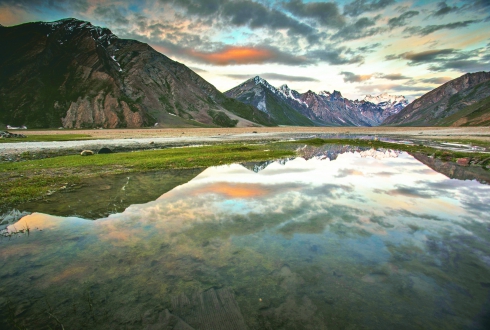
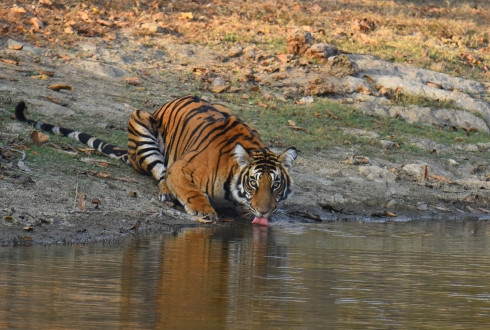

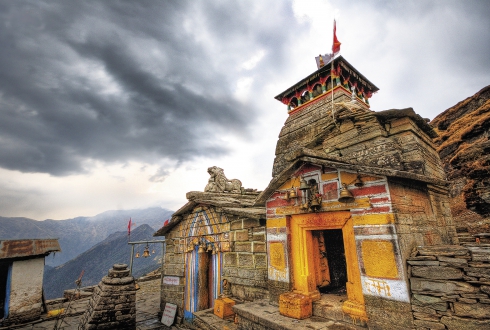
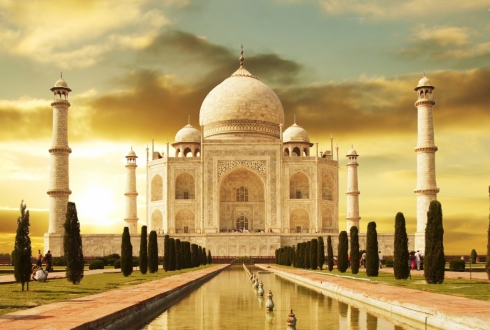
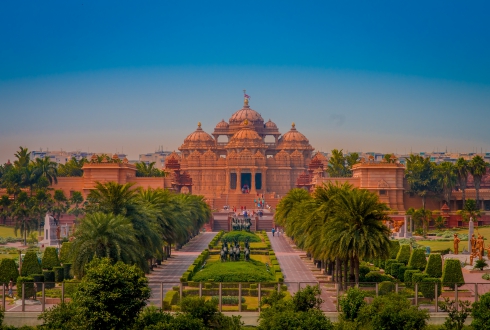
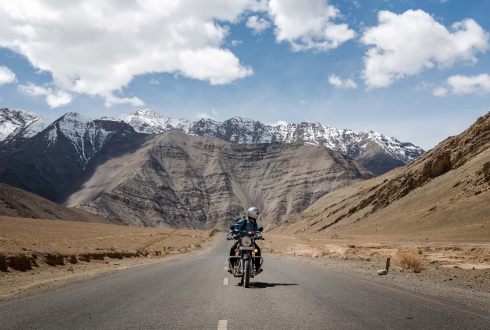

Why Indian Panorama
- Experience: Over 25 years of expertise in customizing India tours.
- Personal Touch: Every tour is carefully crafted to meet your individual preferences and interests.
- Sustainability Commitment: We actively promote and practice sustainable tourism, ensuring minimal impact on the environment and maximum benefit to local communities.
What Our Customers Say About US
we are happy about the overall experience, we will come back again .
6 th Jan 2025 01:02:56 AM
-Mr. Zuercher Giovanbattista(Sw...
very comfortable vehicle. nice driver, very helpful.
5 th Jan 2025 19:22:20 PM
-Ms. Sylvie, Véronique Lignere...
Enjoyed the trip, arrangements were done well, Will use your services ...
5 th Jan 2025 17:30:51 PM
-Mr. Prem Manicks(Canada)
Thank you very much Vijay !
5 th Jan 2025 17:12:51 PM
-Mr. DE BRIANCON (France)
Very professional driver. just some flexibility would be great
5 th Jan 2025 16:26:37 PM
-Mr. Anupam Mathur(India)
We were very pleased with Madhu's driving and his service overall. We ...